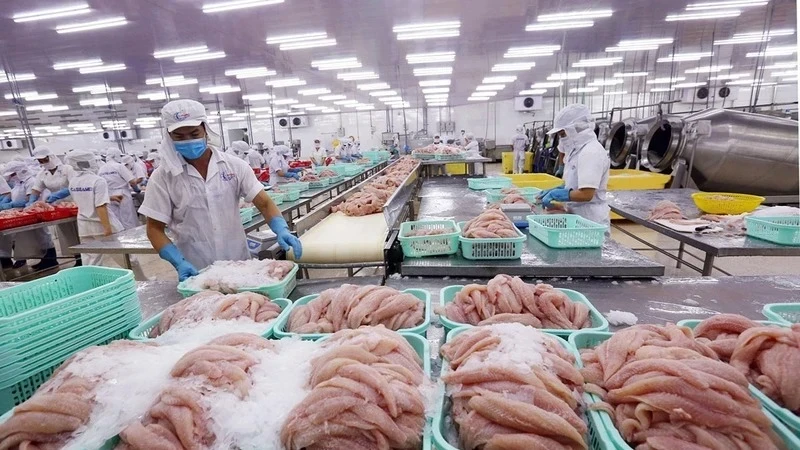
Domestic potential is left untapped
Pangasius has long been a commodity. seafood Pangasius is a major export fish, producing hundreds of thousands of tons of output each year and appearing on the dining tables of consumers in more than 140 countries. Raised and processed according to strict procedures and meeting international standards, pangasius can completely meet the criteria of safety, convenience and nutrition for domestic consumers.
However, in modern distribution channels such as supermarkets, domestic pangasius is still “inferior” to imported fish such as Norwegian salmon, cod, and foreign basa fish. Pangasius products (if any) are often located in hidden locations, with simple packaging, lacking information and being unattractive. More importantly, the lack of strong domestic pangasius brands makes consumers not have enough confidence to choose and stick with this product in their daily meals.
Some export enterprises have tried to return to the domestic market, but mainly on a small scale, experimentally, without long-term investment. Meanwhile, the domestic market with more than 100 million people, an expanding middle class and increasing demand for safe and convenient food, is still a "golden land" that has not been exploited adequately.
Need for a comprehensive repositioning
According to experts, if pangasius wants to conquer the domestic market, the first thing that needs to change is the mindset of approaching the domestic market. We cannot continue to consider the domestic market as a secondary market or a place to consume the surplus from exports. On the contrary, we need to invest systematically in brand image, consumer experience and service quality so that pangasius can truly become a reliable choice for Vietnamese consumers.
Specifically, repositioning needs to be done from many directions: improving eye-catching packaging, providing full traceability information, developing product lines that suit tastes such as pre-marinated sliced pangasius, nutritional foods for children and the elderly, or “healthy” foods for dieters. At the same time, building a systematic brand ecosystem from identification, communication to after-sales service is also a key factor.
At the macro level, industry associations such as VASEP need to play a leading role. Large-scale campaigns such as “Vietnamese people use Vietnamese fish” need to be implemented substantially, linked to specific activities such as pangasius week at supermarkets, cooking shows with famous chefs, or cooperation with culinary KOLs to spread a positive image of pangasius on social networks.
In the context of the seafood export market facing many challenges such as technical barriers, exchange rate fluctuations, tax policies and geopolitical factors, the domestic market is emerging as a "safety cushion" for businesses to maintain production and stabilize cash flow. Not only a temporary solution, if invested in the right direction, the domestic market can become a place to test new product ideas, thereby expanding to the international market.
Once pangasius is widely present in workers’ meals, student menus, family meals and even high-end restaurants, it will be a testament to the comprehensive maturity of the Vietnamese pangasius industry. No longer a purely export product, pangasius can and should become a symbol of modern agriculture and national culinary identity.
The domestic market, therefore, is not only the remainder of a business strategy, but also the solid foundation for the pangasius industry to develop autonomously, sustainably and long-term. When Vietnamese people can proudly consume pangasius in the most modern and intelligent way, it is also the time when the pangasius industry truly enters a new chapter - a chapter of internal strength, courage and steady integration.
Source: https://baoquangninh.vn/ca-tra-va-nghich-ly-lep-ve-tren-san-nha-3358941.html




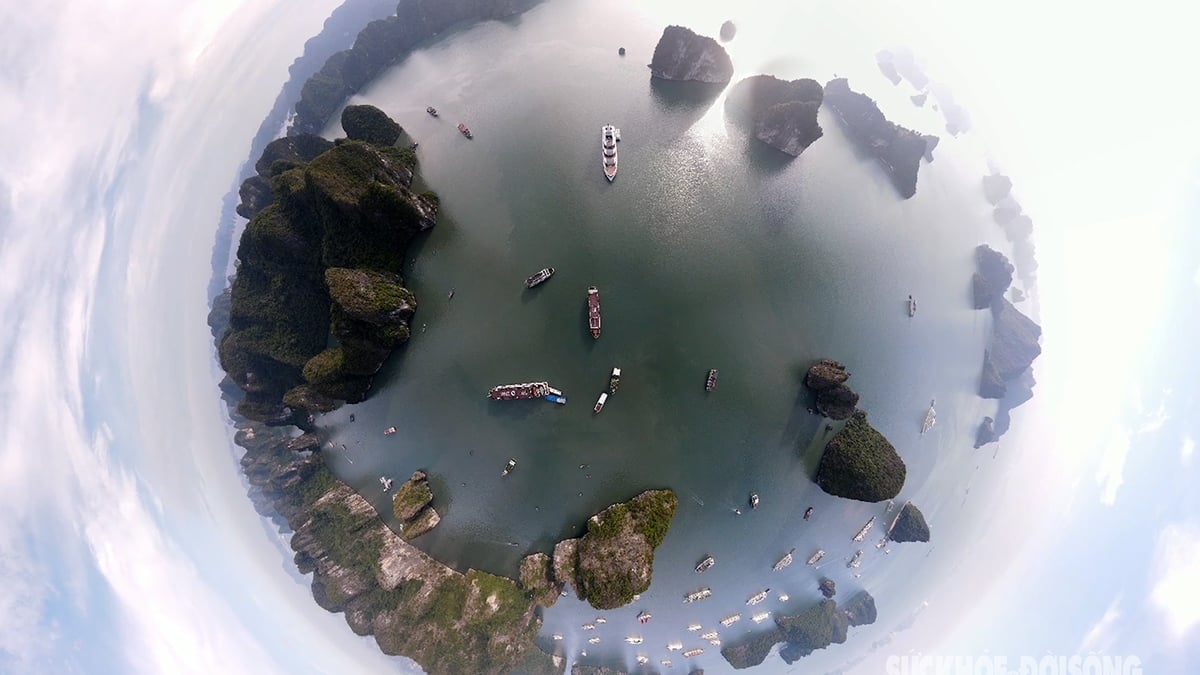


![[Photo] Prime Minister Pham Minh Chinh chairs conference to promote public investment growth momentum](https://vphoto.vietnam.vn/thumb/1200x675/vietnam/resource/IMAGE/2025/5/20/7d1fac1aef9d4002a09ee8fa7e0fc5c5)

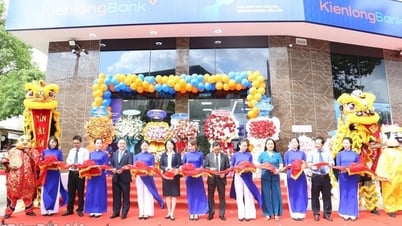


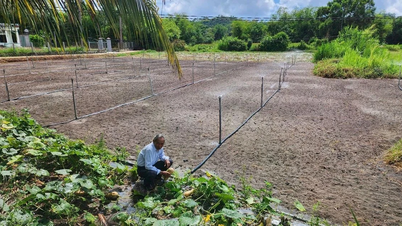









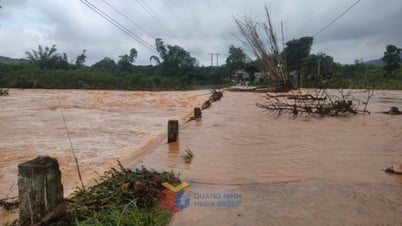
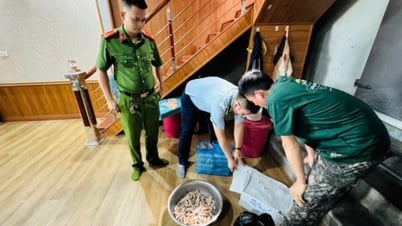



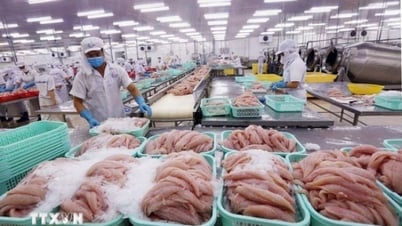






































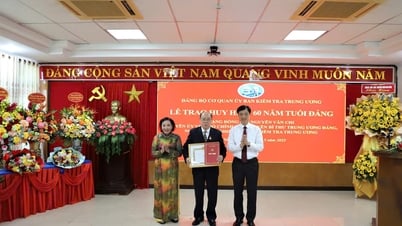



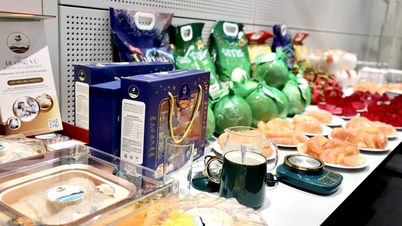





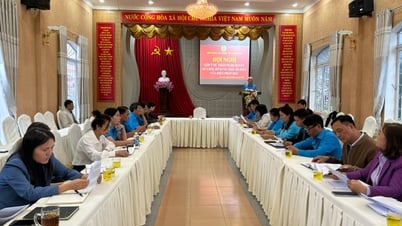

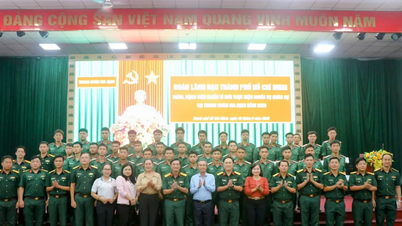

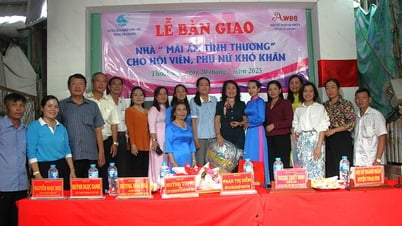

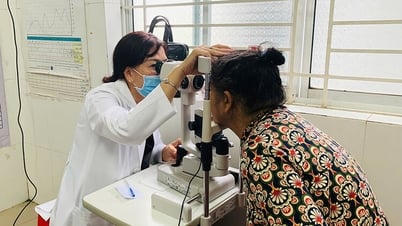











Comment (0)